Weeping birch is the right solution for a small garden
Weeping birch is a decorative variety of the common birch... Its beauty lies not only in the white trunk, but also in the openwork crown, in the long thin branches hanging down smoothly.
Content:
- Weeping birch: structural features
- A variety of weeping birch
- Reproduction and planting
- Tree care and replanting
- Grafting weeping birch
Weeping birch: structural features
Previously, this species was called warty birch. The birthplace of this species birch are Asia and Europe. The plant is very fond of light, a young weeping birch can even die if it does not have enough of it, an adult tree becomes ugly. Birch can grow on almost any soil, the tree tolerates drought well.
In young birches, the bark is brownish, and from the age of nine it begins to turn white.
Because of this feature, some young birches can be confused with alder... Older trees have deep black cracks at the bottom of the trunk. The color of the branches is brown-red, the branches are covered with small warts, which is why this type of birch is sometimes called warty. The crown of the tree is branchy, but not too dense.
The shape of the leaves is:
- Triangular
- Rhombic
- Oval
The flowers of the birch are small, collected in earrings-inflorescences at the tips of the branches. The birch tree blooms before the leaves bloom.
A variety of weeping birch
Not everyone can afford a spreading tree, since summer cottages are usually small patches of land. It was for summer residents that agronomists bred a special variety of weeping birch - dwarf weeping birch.
One of these varieties is Jung's variety:
- This tree grows very slowly.
- The branches of this birch descend very beautifully to the ground, and the tree reaches a height of only six meters.
- The plant does not become less beautiful from this, on the contrary, the attractiveness of the variety increases.
- For areas with a small area, these plants are ideal.
- You should not plant the variety next to fruit trees, as Junga will inhibit their growth.
Reproduction and planting
Weeping birch reproduces seeds... Sometimes trees are regenerated by shoots. Usually this method is applicable to young trees. Wild conditions do not presuppose seed reproduction, as moss cover interferes with this. In forests, a weeping birch can only recover with shoots. In just a year, a birch tree can recover from a stump.
Most of the trees grow from undergrowth, but under favorable conditions, the plant can reproduce by seeds.
Male flowers appear at the tips of the branches. Pollen forms in flowers in spring. Female flowers, similar to earrings, are shorter than male ones. At the eleventh year of life, fruit... They look like very small lentils and have two wings. Seeds appear regularly. Some fall in autumn, and some fall in winter, so that when the snow melts, it will be in the ground.
Growing with seeds:
- To grow a weeping birch variety, you first need to collect seeds.
- You need to start collecting in late autumn, as the earrings begin to turn brown.
- In spring, seeds can be sown in a cool greenhouse.
- Store the seeds in a glass container, but remember that only a third of the seeds will sprout.
- Sprinkle the seeds with earth and lightly crush.
- Place thin branches or straw in place of sowing.
- Water only through such a layer until the first shoots appear.
- Remove branches immediately after sprouting, remove straw carefully, being careful not to damage weak plants.
- Shade the seedlings with a shield.
Tree care and replanting
After seedlings grow enough, they need to be transplanted to a permanent place. It is best to replant the tree before it reaches 7 years old, since after that age it takes root less well.
Transplant the plant is needed in March. If the tree has become too large, then it is better to replant it in winter, when the ground is frozen to the roots. This type of birch can grow even on non-fertile soil. It can be planted in any land. Loose humus soil will be a wonderful option. The roots must not be bare.
A lot of water is needed during planting and grooming.
If you use fertilizers, the planting process will be much faster, and the plant will take root better. Dig a hole in the place where you plan to transplant the birch. Mix humus with sand and fill the pit with this mixture. Transplant the tree and top up the soil.
Be sure to water the tree within four days of transplanting. An adult weeping birch needs up to 20 liters of water per day on hot days, which is why it is worth growing this tree in fairly humid places.
Grafting weeping birch
Surprisingly beautiful plants are obtained when twigs of a different breed are grafted. Decorative weeping birch is no exception. Cuttings of a tree can be grafted onto the most ordinary tree, in the end you get a beautiful specimen. Such plants are most often found in park areas.
Experienced gardeners give some tips on how to plant a weeping birch:
- The shape of the crown depends only on the place where the cutting is grafted.
- Most often, grafted plants do not reach the height that ordinary birches have, because of this property they are often used. in landscape design on small plots of land.
- Such beautiful breeds like Yungi's birch are born precisely by grafting a certain variety of branches onto an ordinary birch. This is how the beautiful branches waterfall effect is created. This technique will help create wonderful forms of birches in the garden.
If an ordinary white birch has been growing in the country for a long time, then a hanging birch can be made from a tree. The tree will be very beautiful, and besides, the used area will be reduced. Thanks to this grafting technology, you can combine willow cuttings and birch bark. Sometimes it is possible to create very bizarre shapes. crowns.
There are methods by which you can plant a willow on birch:
- Works related to inoculationshould be performed while the sap is still moving inside the tree.
- Willow cuttings are in "hibernation" at this time.
- The shoot must be cut off, a willow stalk must be attached to the tree.
- The junction of the escape and the vaccination site must be obliged with a special material, and with the onset of cold weather, it must be insulated.
- The branch will take root by July.
More information can be found in the video.




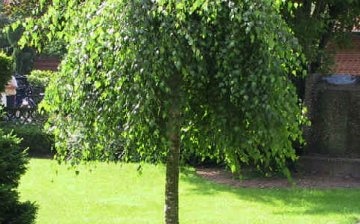
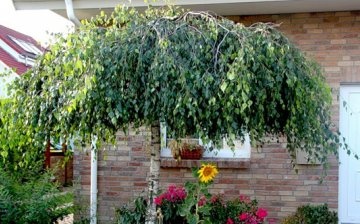
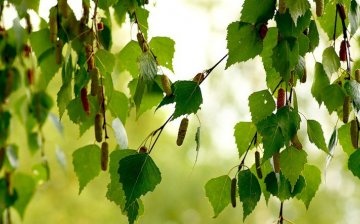
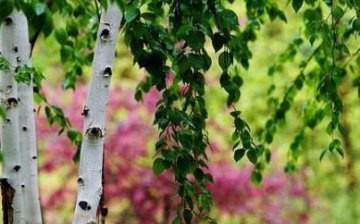
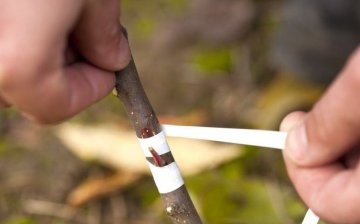






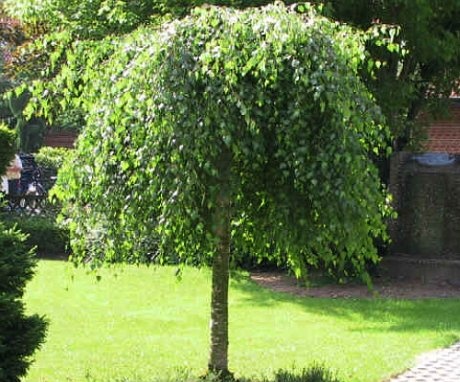
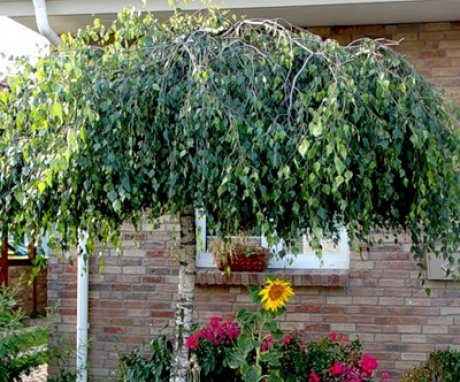
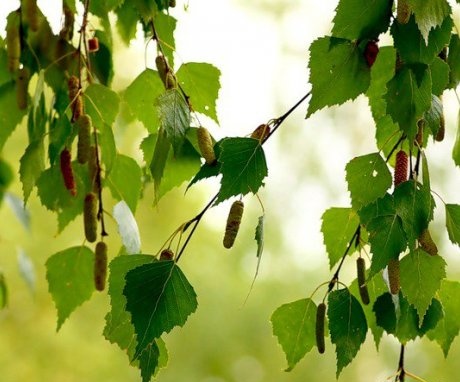
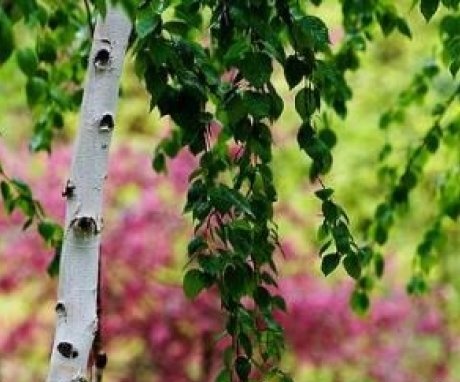
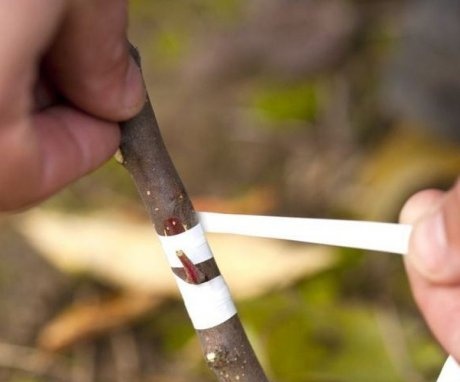
Something new has already been invented. I saw such a birch tree from neighbors. But it is quite impressive in size, it just grows upside down. We somehow grew ordinary birches, so her earrings flew everywhere. And they even had food. We were worn out, we had to cut them down.